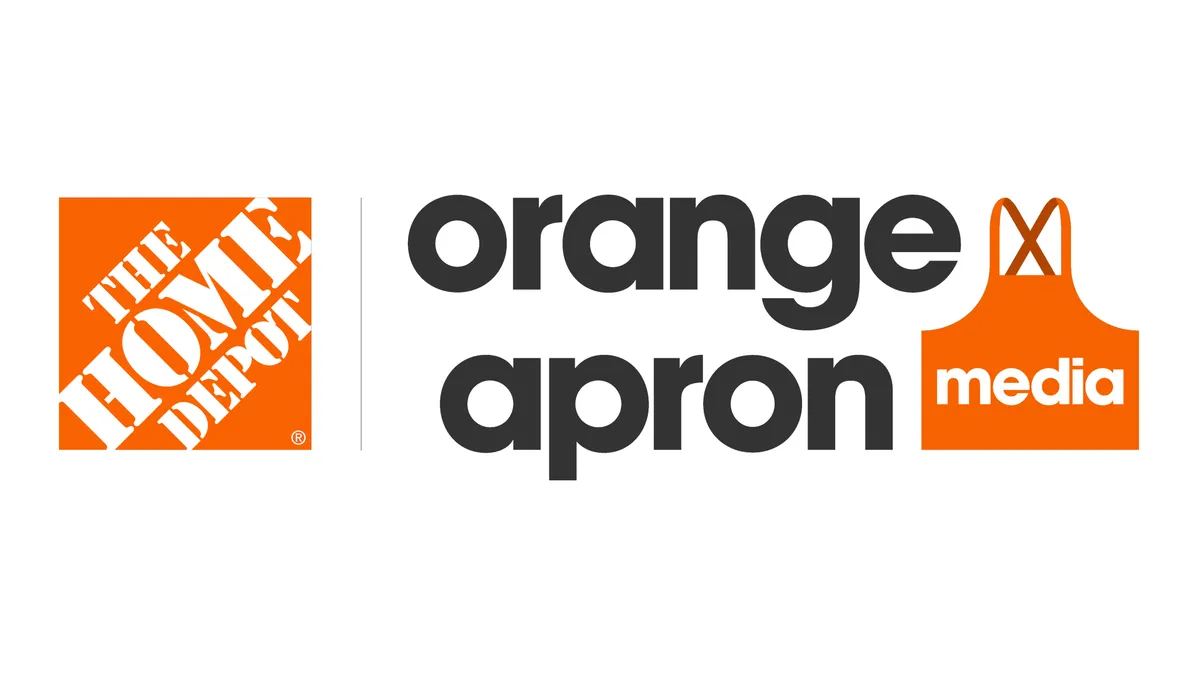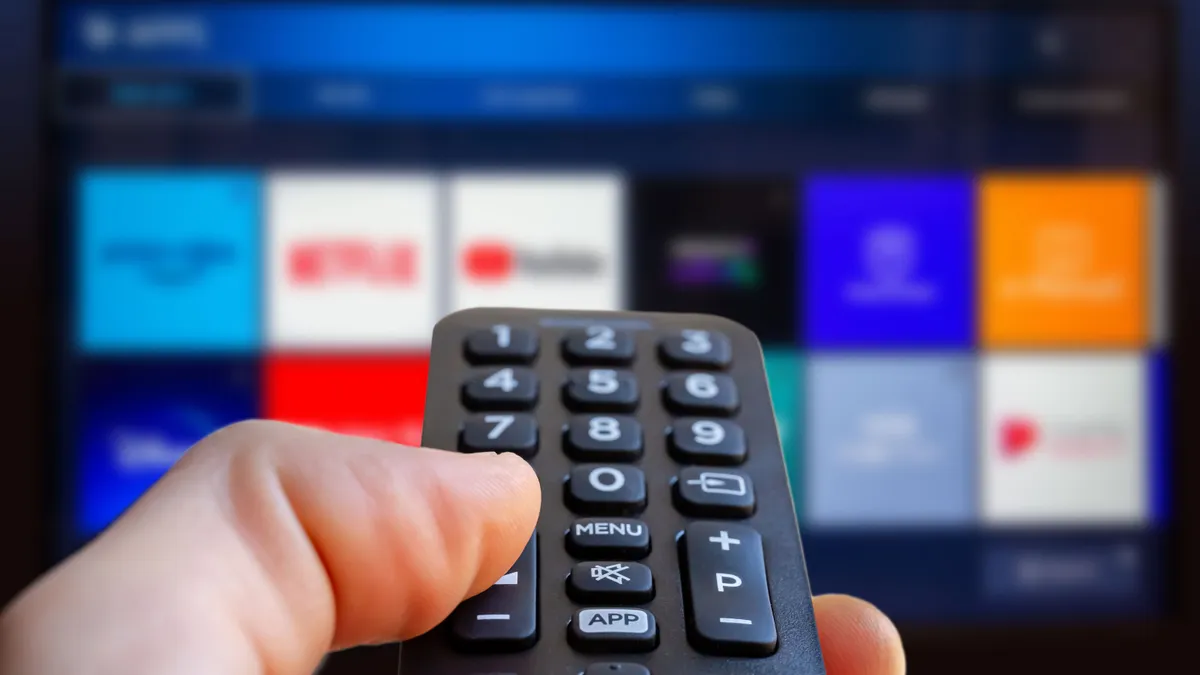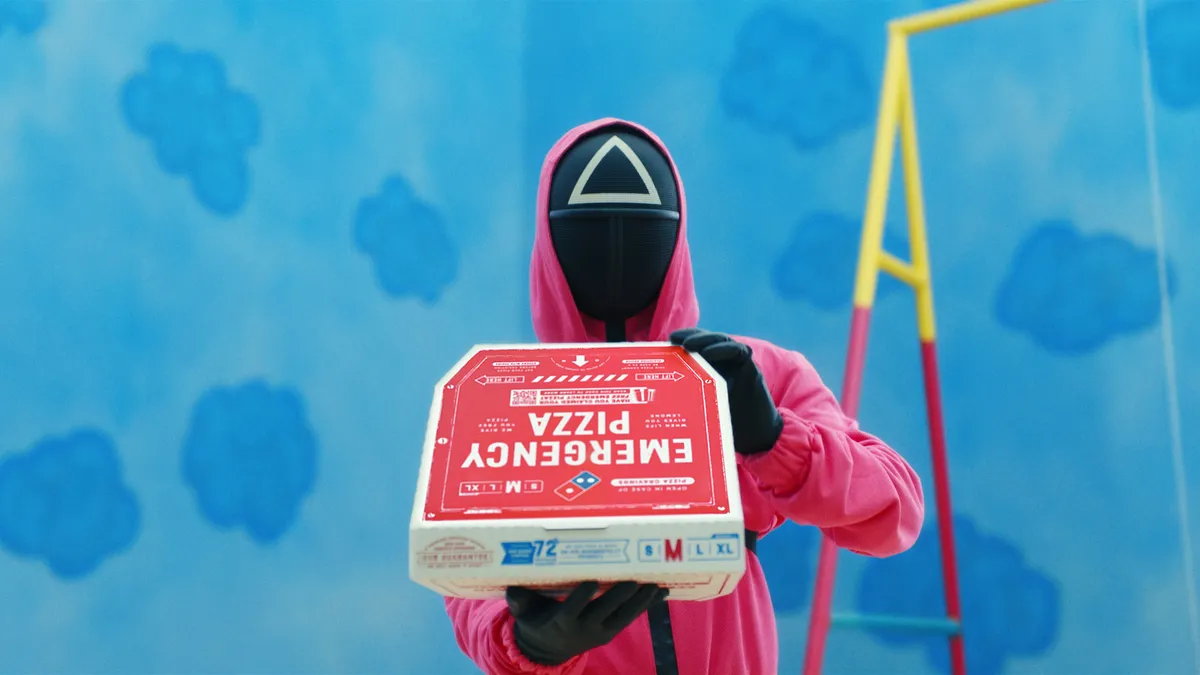Retail media is primed to be an adland priority in 2024 as networks continue to proliferate across the space and marketer dollars flood the channel. Ad spending in the channel is forecast to grow 30% in 2024 and eventually make up nearly a quarter (23.5%) of all digital advertising in the U.S., according to a recent report by Advertiser Perceptions.
As options grow for how and where advertisers can spend, early entrants into the retail media network space are racing to boost and differentiate their offerings. Home Depot today (March 28) hosted its first InFronts, an in-person marketing summit around retail media modeled after Upfronts and Newfronts presentations hosted by traditional and digital media companies, respectively.
The inaugural event is intended to allow Home Depot to give an inside look to its suppliers — businesses that are highly connected to the success of the home improvement retailer, unlike in other media channels — as it runs beta tests of its offerings with non-endemic brands.
“As someone who used to buy all the media for Home Depot, yes, you were partners with your media teams, but you didn't necessarily have to know their strategies and how they're going to attract new customers and what their biggest area of growth were, you just wanted really effective products that drove your business objectives,” said Melanie Babcock, leader of The Home Depot’s retail media business.
At the InFronts event, Home Depot offered insights into customers and across the company's business, marketing, creative and media strategies, along with a road map ahead for retail media. Along with the retail media ad experience, Home Depot also detailed its systems, reporting and measurement capabilities, and the new products and partners that it is enlisting to extend the reach of its network.
“It's an educational moment for that supplier, because as they think about investing into retail media networks, where do they want to invest? They want to invest with a retailer that aligns to their own objectives and is in a growth position,” Babcock said.
Time to the Infronts, Home Depot is also rebranding its Retail Media+ offering, which launched in 2018, as Orange Apron Media. Babcock's title will shift to vice president of Orange Apron Media and Monetization. The effort comes as Home Depot looks to differentiate itself in the market among not only home improvement networks, but retail media in general, to reach suppliers and CPG marketers.
Last summer, the company underwent a "rigorous" branding exercise as it looked for a name that would speak to its home improvement core, coming up with hundreds of names; the space lends itself to words like “workbench,” “toolbox,” “drill” and other action-based terms. It also keyed in on the color and function of its iconic orange aprons that signify helping customers.
“There are 500,000 associates in our stores every single day who wear an apron, and we even have apron-wearing days at the store support center, where we work," Babcock said. “It unites us under our values and what we stand for, which is service and help.”
What marketers can expect
With its new name, Home Depot plans to highlight the experience suppliers have when using Orange Apron Media, with less focus on specific ad types and more on the technology, tools and partners that make suppliers' ad buying easier. The company stood up its on-site, off-site and in-store ad businesses simultaneously, and is now looking to unify the experience, whether suppliers use self-service or rely on Babcock's team for managed service.
As retail media networks look to sync with media partners to improve audience targeting and engagement, Home Depot has side-stepped major media conglomerates to work with Univision. The partnership will allow the retailer to reach both culturally diverse millennial and Gen Z consumers and Spanish-language consumers in the business and professional contractor spaces.
“We want to extend our reach and extend our ability to get our suppliers in front of those customers,” Babcock said. “We're going to partner with the largest network out there, and all the different ad types that they have, to extend our reach into this Spanish language customer [base].”
Still in its early days, the relationship with Univision involves tests around creating look-alike audiences, and Babcock describes the deal as a unique and ownable opportunity for the company. Home Depot is also offering closed-loop measurement that connects ad reach with business objectives, and has set up a clean room that will help it meet imperatives around consumer data privacy.
While focused on suppliers for its home improvement business, Home Depot is also running beta tests with non-endemic brands to see if its audiences are compelling to other business lines who are looking to advertise to homeowners and small-business owners. The company reports it is seeing "very positive signs" in tests with financial services, insurance, automotive and telecom brands.
“Home Depot is a pretty rigorous company,” Babcock said. “We like to test and make sure that things work, the pipes work, the measurement works, the data works [and] we've got the right audiences before we go full scale… We'll have a bigger offering coming out this summer with more announcements, because I do believe with cookie deprecation, non-endemics could be very interested in our audiences.”























